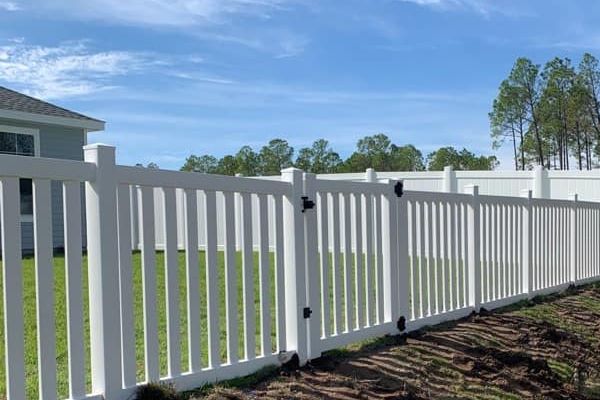Long-Term Maintenance Tips for Different Fencing Types

Fences serve various purposes: they provide privacy, security, and aesthetic appeal. However, to keep them looking their best and functioning properly, regular maintenance is key. Whether you have a wood fence or chain link fencing, each type requires its own set of care strategies. Here are essential long-term maintenance tips for both.
Caring for Wood Fences
Wood fences bring a classic charm to any property, but they do need attention to stay beautiful and sturdy. Begin by inspecting the fence annually. Look for signs of rot, warping, or loose boards. These issues can escalate quickly if not addressed. Replace any damaged boards promptly to prevent further deterioration.
Regular cleaning is also important. Use a mild detergent and a soft brush to remove dirt and mildew. Avoid using harsh chemicals that can damage the wood. Once cleaned, treat the wood with a protective sealant. This helps shield it from moisture and UV damage. A good sealant can extend the life of your fence significantly.
Maintaining Chain Link Fencing
Professional chain link fencing is known for its durability and low maintenance needs. However, it still requires some care to ensure it remains functional and visually appealing. Start by inspecting the fence for any rust or damage. Rust can spread if left untreated, so addressing it early is crucial.

To clean a chain link fence, use a mixture of water and mild detergent. A garden hose and a scrub brush are typically sufficient for this task. For areas with more stubborn grime or rust, you might need a wire brush or a rust-removing product. After cleaning, rinse the fence thoroughly to remove any detergent residue.
Addressing Common Issues
Different fencing types face unique challenges. Wood fences are particularly vulnerable to rot and insect damage. Regularly inspect for signs of termites or other pests. Treat the wood with appropriate pest control solutions if necessary. For chain link fences, watch out for sagging or leaning. This can indicate problems with the fence posts or the foundation.
Seasonal Maintenance Tips
Seasonal changes can impact your fence’s condition. In spring and summer, focus on checking for weather-related damage. Heavy rains and intense sunlight can affect both wood and chain link fences. For wood, this might mean looking out for swelling or cracking. For chain link fences, ensure that the increased moisture hasn’t led to rust issues.
During fall and winter, debris like leaves and snow can affect your fence. Regularly clear leaves and other debris from around your fence to prevent buildup. Snow can be particularly heavy, so if you live in a snowy area, avoid piling snow against your fence as it can lead to structural problems.
Enhancing Longevity
To enhance the longevity of any fence, consider adding protective features. For wood fence installation, a gravel base can help prevent moisture from reaching the fence posts. This simple step can significantly reduce the risk of rot and extend the life of your fence.
For chain link fences, installing a protective coating can help prevent rust and corrosion. This coating can be applied to the entire fence or just to specific areas prone to rusting.
Conclusion
Maintaining your fence is an ongoing process, but it’s worth the effort. Regular inspections, cleaning, and prompt repairs are essential for keeping both wood and chain link fences in top condition. By following these long-term maintenance tips, you can ensure that your fence continues to serve its purpose effectively while enhancing the beauty and value of your property.





